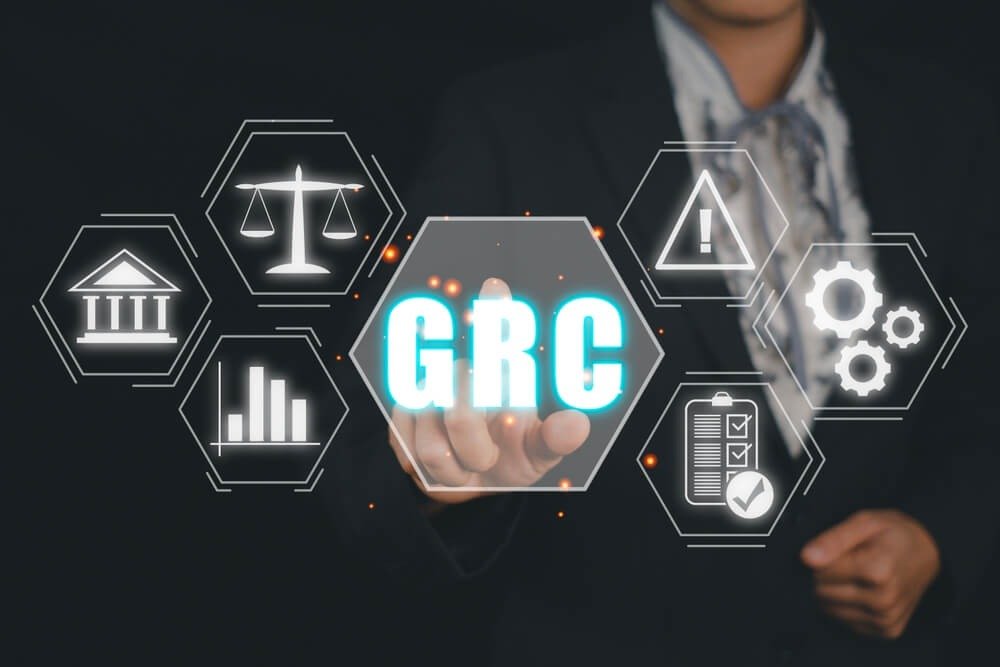Risk Register Software and GRC Compliance Software: The Future of Connected Risk in Australia
It is Australia’s guided business positions, where you have to manage risks. Those risks can no longer be limited to safety and finance. And, in contrast to the past, where the digital platforms had place in the business management, now the digital platforms can offer more convenience. The lahebo risk register software and GRC (governance, risk, and compliance) software are become unified platforms that enhance organizations’ predictive ability, accountability, and agility.
The end of static risk
For many Australian companies, the traditional risk register has been a compliance relic—a long list of hazards, controls, and mitigation plans that rarely changes between audits. The problem? Real-world risks don’t sit still. Supply chains shift, regulations evolve, and environmental or cyber threats can transform overnight.
Having a “living register” is an important part of compliance in Australia, especially in industries like mining, healthcare, and finance, which have overlapping obligations in environmental and safety legislation, and privacy laws.
Growth of the Integrated GRC Ecosystem
Real advancements occur when Risk Register software is part of a complete GRC compliance software solution. GRC systems integrate governance, which is most often policy and decision-making; risk, which constitutes exposure and mitigation; and compliance, which uses the standards and laws.
Here is what this looks like in real life:
Obligations are linked to risks. Every risk on the risk register is tied to a particular ISO standard, legislative framework, or internal control policy.
Risk data is fed by audits. The risk register is automatically updated with findings from internal and external audits and activates corrective actions.
Responsibility is clear. Each risk, control, and compliance action has an owner, and every piece of work is tracked with completion dates.
For GRC integration in Australian businesses that work with multiple compliance frameworks like ISO 27001 for information security, ISO 14001 for environment, and ISO 45001 for WHS, all systems integration eliminates duplication and offers a singular source of truth to governance teams and external auditors.
Evolving from Compliance to Foresight
Old risk management systems had a key limitation—they told you what went wrong, but not what might go wrong in the future. Integrated Risk Register and GRC software now incorporates analytics and AI to identify trends. These systems can identify emerging risks through weak signals early enough to take action and prevent escalation.
Consider this example. If audit findings consistently reveal gaps in documentation, or if a department sees a spike in near-miss reports, the system can automatically escalate the underlying risk. The predictive system has empowered Australian organisations to transition from incident management to risk anticipation.
This functionality extends to the Board and Executive level, too. Live dashboards refresh to display risk exposure by unit, location, and regulation, and they replace quarterly reports. Stakeholders can observe in real time the implications of operational decisions on risk, enhancing risk intelligence.
Meeting Australia’s Regulatory and ESG Obligations
Australia’s regulatory landscape is becoming more stringent concerning governance, social issues, and environmental accountability. Both regulators and investors want to know if risks are documented and, more importantly, if they are managed in a way that is transparent and sustainable.
Technology makes tracking environmental (emissions and waste), social (workplace wellbeing and modern slavery), and governance (breaching privacy of data) risks easier. Within a GRC framework, Risk Register Applications offer this capability. These integrated systems provide proof and up-to-date information to validate ESG disclosure.
For organisations that are facing imminent mandatory climate-related financial disclosures, these systems are no longer a bonus feature. It is a must-have.
Digital Governance
Technology provides governance systems engagement frameworks, but without the engagement of people these frameworks are of no use. The platforms with the best GRC and Risk Register systems simplify workflows, assign ownership, and provide insightful data to workers instead of polarizing their roles into mere compliance officers.
Automated alerts, intuitive dashboards, and mobile access allow employees, managers, and executives to see the same information but on different levels of detail. This transparency fosters accountability and trust across the organization.## Why Connected Risk is a Competitive Advantage
Australian organisations that view risk as a business enabler as opposed to a barrier are gaining an edge over others. Using Risk Register Software in conjunction with GRC compliance software streamlines governance and compliance while empowering data-driven decision-making.
And the benefits are quantifiable.
Audit findings are reduced and corrective actions are closed out in a timely manner.
Better alignment to ISO standards and WHS obligations outcomes.
Reduced duplication of compliance reporting.
Real-time insight into emerging risks and control performance.
These systems deliver more than avoiding penalties—they enhance operational clarity and agility. That is especially valuable in economic and compliance uncertainty.
In summary: The future of risk management in Australia will be connected, intelligent, and continuous. When Risk Register Software is integrated with GRC compliance Software, the software ceases to be a simple compliance tool. It turns into a strategic resilience framework and aids organisations in regulatory compliance and providing the modern governance attributes of confidence, adaptability, clarity, and transparency.






